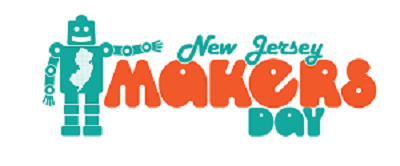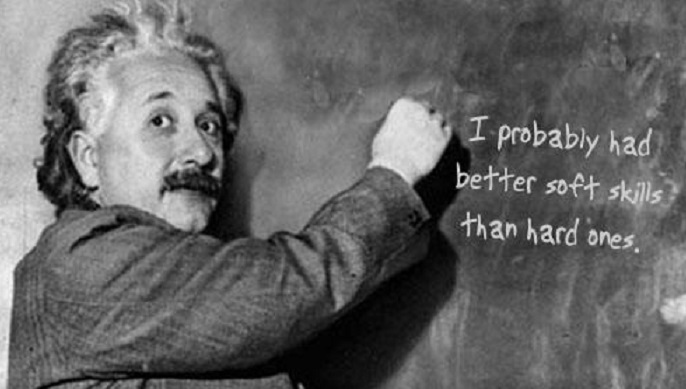Making More Makers
I suppose I was a "do-it-yourselfer" and a "maker" in some ways long before those terms took on new meanings. But the Maker Movement is a subculture that is a lot less "sub-" than it was a few years ago.
Back in the 1970s, when the big computers became available as personal computers (PC), it started a subculture of DIY types who were building their own computers and writing their own software. The maker movement definitely has roots in that and the hacker (in the good guy, white hat, sense of the word) movement.
In 2005, Dale Dougherty launched Make magazine to serve a community that was growing and the following year they launched Maker Faire.
Though makerspaces have varying names attached to them, they attract those DIYers who want to build something rather than just buy it. While hacker culture which is focused on software rather than the physical objects,both groups share an interest in building new creations as well as hacking at existing ones and making them something new.
A makerspace in a school setting may have a more obvious educational purposes and intentions, but all of these spaces foster an informal way of using and learning practical skills and applying them to design.

Two events that I am involved in this month use the maker approach to informal learning.
New Jersey Makers Day runs two days this year - March 18 and 19 - so that it can be marked both in schools (on Friday) and have a school audience in community spaces such as libraries on Saturday. There are many activities planned across that state in schools, libraries and other makerspaces. Last year, there were over 15,000 individual attendees at 150 participating sites, including libraries, museums, schools, commercial makerspaces, and AC Moore stores that were spread across all 21 counties of New Jersey. There is probably something similar going on where you live.
As this movement grows, companies and makers selling their creations has become a commercial segment that is also growing. This includes big companies that sell hardware like 3D printers and supplies to the individual selling custom items on a much smaller scale. Both are "shaping the future of our economy."
The NJEDge.Net Faculty Best Practices Showcase on March 23, 2016 at Stevens Institute of Technology, Hoboken, NJ is focusing on STEAM - that's STEM with the needed addition of the Arts, including language arts and the digital humanities.
I am doing one of the presentations along with Emily Witkowski (Maplewood Public Library) and Danielle Mirliss (Seton Hall University) titled "The Maker Movement Connects STEAM Across New Jersey." The maker movement really fits well with the STEAM (and STEM) approach to learning.



